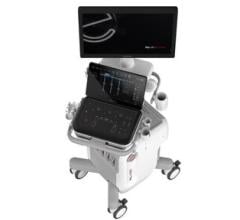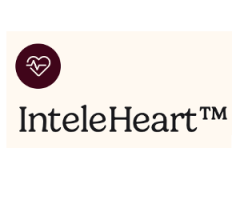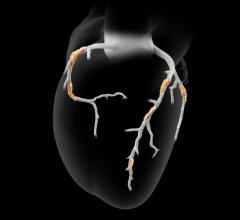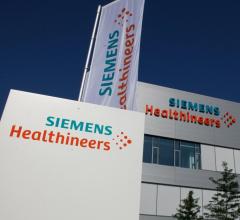
May 15, 2017 — The Heart Rhythm Society (HRS) released a first-of-its-kind consensus statement in the United States on indications of patients who undergo magnetic resonance imaging (MRI) and radiation exposure with cardiovascular implantable electronic devices (CIEDs). The expert writing group presented the recommendations included in the “2017 HRS Expert Consensus Statement on Magnetic Resonance Imaging and Radiation Exposure in Patients with Cardiovascular Implantable Electronic Devices” at Heart Rhythm 2017, the Heart Rhythm Society’s 38th Annual Scientific Sessions.
There is an increasing number of people with CIEDs, and approximately 200,000 pacemakers are implanted in the United States each year.[1] Historically, MRI scanning and radiation exposure for patients with CIEDs has prompted concerns due to their unpredictable effects and interferences in safely and the overall function of the devices. Recent studies have suggested that MRI can be done safely in many patients with magnetic resonance (MR) conditional and nonconditional systems.
The expert consensus statement is intended to help frontline cardiologists, radiologists, radiation oncologists, and other health care professionals involved in the care of adult and pediatric patients with CIEDs. To further address the issue, the expert writing group also discusses the safety of employees with CIEDs who may come into an MRI environment.
The document provides guidance on who would be suitable to undergo certain procedures and how to monitor the individuals who are exposed to:
• MRI
• Radiation exposure for CT scans
• Cancer treatment with radiation
“Oftentimes, healthcare providers may recommend removing a device before being exposed to radiation for cancer treatments because of existing safety concerns, but the removal of the device itself could pose risks to the patient,” says Julia Indik, M.D., Ph.D., professor of medicine and director of cardiovascular disease fellowship program at the University of Arizona, Sarver Heart Center. “We hope that our recommendations will make decisions easier for clinicians and ensure we are delivering optimal patient care while setting the first-ever standard of individualized protocols for patients with these devices.”
Access the full consensus statement document
The statement includes specific recommendations in the following subsections:
• Introduction and Methodology
• Definitions of CIED Systems in Relation to MRI
• MRI Technology and Relationship to Risk
• MR Conditional CIED Technology
• Management of the CIED Patient Referred for MRI
• Management of the CIED Patient Undergoing CT Imaging
• Management of the CIED Patient Undergoing Radiation Therapy
• Future Directions
The members of the expert writing group performed a comprehensive electronic literature search and then developed a series of recommendations. This was done from randomized controlled trials, nonrandomized observational studies, and case series to support useful and practical recommendations, given that each individual institution serves its patient population uniquely. The writing group also evaluated computational modeling and in vitro and animal studies to explore and identify specific combinations that may pose a higher risk to patients, which cannot be determined by clinical studies alone.
The expert consensus statement was developed in collaboration with 11 international organizations: American Heart Association (AHA), American College of Cardiology (ACC), American College of Radiology (ACR), Asia Pacific Heart Rhythm Society (APHRS), American Society for Radiation Oncology (ASTRO), Council of Affiliated Regional Radiation Oncology Societies (CARROS), European Heart Rhythm Association (EHRA), Japanese Heart Rhythm Society (JHRS), Pediatric and Congenital Electrophysiology Society (PACES), Sociedade Brasileira de Arritmias Cardíacas (SOBRAC), and Sociedad Latinoamericana de Estimulación Cardíaca y Electrofisiología (SOLAECE).
The document was also published today in the online edition of HeartRhythm, the official journal of the Heart Rhythm Society. To review the full document, click here.
For more information: www.hrssessions.org
Reference:
1. Van Der Zee SA, Doshi SK. Permanent leadless cardiac pacing. Available at http://www.acc.org/latest-in-cardiology/articles/2016/03/23/08/09/permanent-leadless-cardiac-pacing.

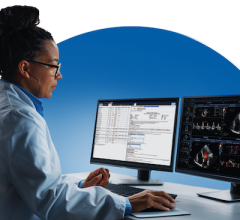
 December 09, 2025
December 09, 2025 


